
This museum built between 1910 and 1930 is situated on the Museum Island which was awarded UNESCO World Heritage Status in 1999. It may take 8-9 days or even more if I’ll be going to visit all the museums on this Island. Therefore, I preferred to visit the Pergamon Museum. Two million people had visited this museum in the year 2012, its popularity increasing being among the top 10 most visited museums in Europe.
Actually this museum is named after Bergama town situated in Izmir, Turkey. Bergama is known for the hospitability of its people where one of the largest antique cities is found.

At the time I started my tour from Turkey I had also included Bergama to the route. I thought one day would be enough to visit this antique city but stayed for 3 days. Enes Sensoy one of my team mates and Ozlem were accompanying me at that time. We were really impressed by Pergamon. The ancient streets, the marvelous stone works, Sanctuary of Asclepius, Acropolis, Bergama Museum together with the hospitability of the people made us hard to leave the city.
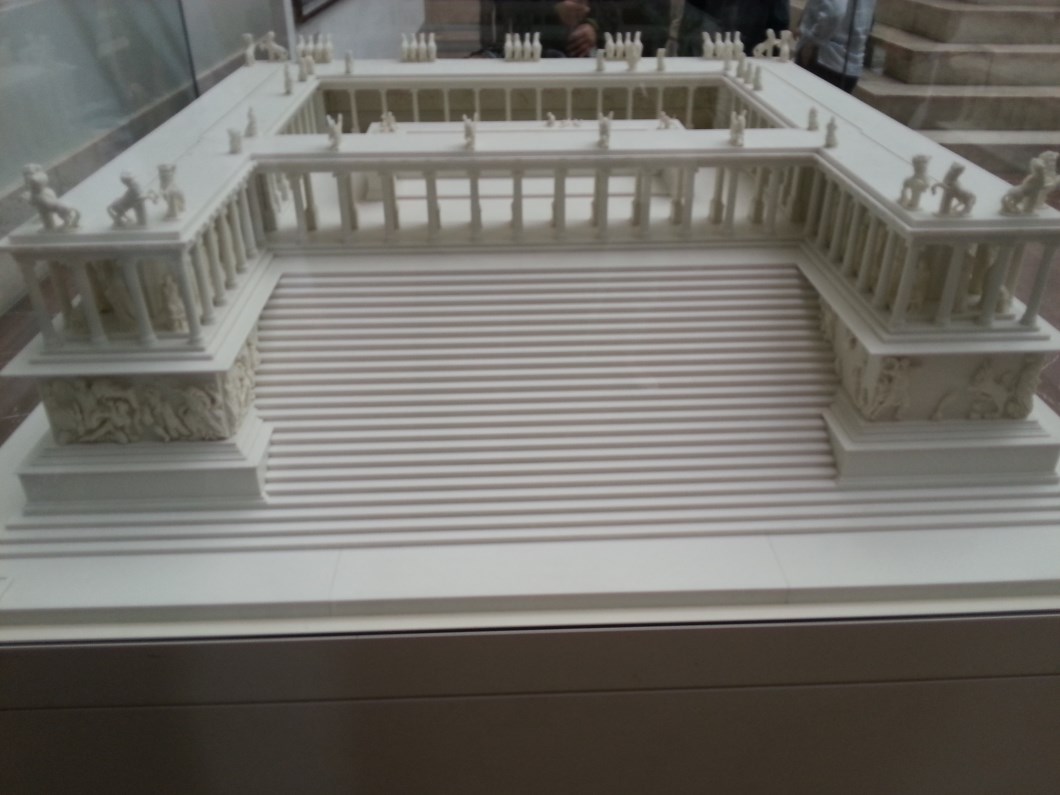
When you search in internet you would find the Acropolis and the Zeus Altar of Pergamon (dated to 197-159 BCE). The fundamental is still seen in Bergama but the altar was brought to Germany now housed in Pergamon Museum. “Dude, how come, such a great altar? How was it transported to Germany?”
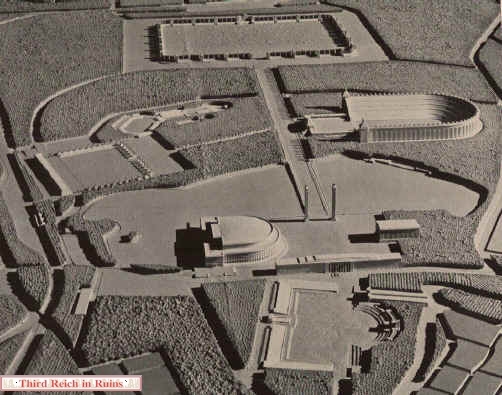
In 1878, the Germans began official excavations on the Acropolis of Pergamon. In 1938 the Zeppelin Stadium, its design influenced by the Pergamon Altar was used for Nazi propaganda by Adolf Hitler.
The Pergamon Museum was largely destroyed in the bombing of Berlin during World War II but fortunately the altar was “walled in” for safe keeping. After the Germans were defeated a portion of the collection of Pergamon Museum was taken to Russia. In the late 1950s many items were returned due to pressure exerted by Germany but some belonging to the Acropolis still remain in Russia exhibited in Pushkin and Hermitage museums (Dude, these items are so valuable almost a reason to start a war between countries) . Germany launched a legal war for the historical artifacts that not given back. The judging process lasted till recently and Russia has ended all at the year 2012. WE ARE NOT GIVING BACK….
Look at the artifacts….
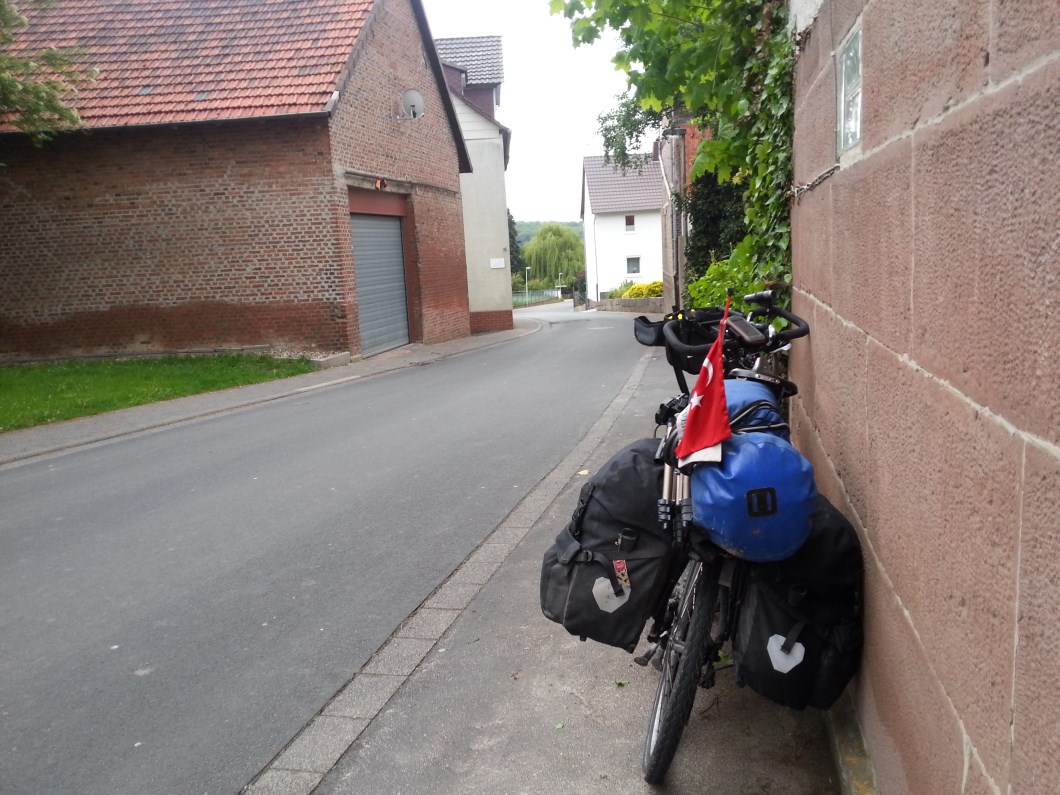
I was giving a “bicycle reward”, let’s continue. Only the ones who sent me their Museum Cards after the article published on January 26th till November 10th are expected to answer this question. : ) “What is the name of the museum I had visited in St. Petersburg and give some information about that museum?” (Only 10 people sent their Museum Cards. I’ll give 3 bicycles as reward to 3 people giving the correct answer). I won’t respond to other messages! I request that the ones who did not sent their Museum Cards between those dates I mentioned above not to send messages. Please buy a Museum Card. Why I insist on this issue must be obvious from this article. Obtain a Museum Card!! I might want you to send a copy of your card in the coming days. : ) (By the way, I have no ties with the Ministry of Tourism nor with the institution selling these cards! As an ordinary citizen I just say go and visit museums)
Carl Humann a German railroad engineer had moved to Istanbul in 1864. Although it was the period of decline of Ottoman Empire attention was paid to built railroads. Why this was so is another topic. Employed by the Ottoman government for the construction of roads in Anatolia he visited in 1865 the site of antique Pergamon where he found antique artifacts. Although he showed a high interest in starting excavations, he needed official support from Berlin. So he sent his finds to Germany in the hope to attract attention of the museum director Alexander Conze an archaeologist who studied at Goettingen University. Conze got surprised of course “That might be the site mentioned in the Bible!”
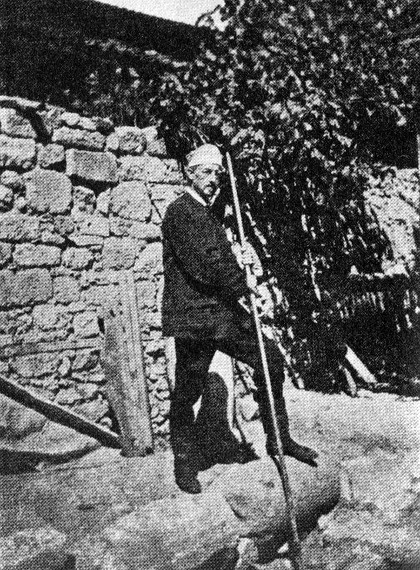
How could the Zeus Altar of Pergamon been mentioned in the Holly Bible? I wrote that the altar was built during 197-159 BCE. On his third missionary journey Saint Paul visited this region during 53-56 AD. He participated in establishing the Seven Churches of Revelation. One of these churches was built at the skirts of the hill 200 years after the Zeus Altar of Pergamon.


Most probably at the time this church was built the altar stayed across the church with all its grandness, the reason why the Altar was mentioned in the Bible. During the years 1867-1873 Carl Humann was assisting the construction of Anatolian road. At the same time, the excavations in Pergamon also started which were conducted unofficially between the years 1873-1878. During this time the Altar and many other structures of the Acropolis were brought to light.

The people of Bergama had felt that they had been robbed and informed the Emperor Aldulhamit II. They recognized that Germans transported the altar and the other artifacts belonging to their cultural heritage one by one to Germany. Nevertheless, Humann and Conze were determined to send their finds to Germany. The altar was the one mentioned in the Bible. They informed their government. Upon negotiations they were permitted to send all theirs finds relating to the Zeus Altar to Berlin. The pasha (Ottoman general) sent from Istanbul explained to the people of Bergama that all was done officially with the permission of the Ottoman government.
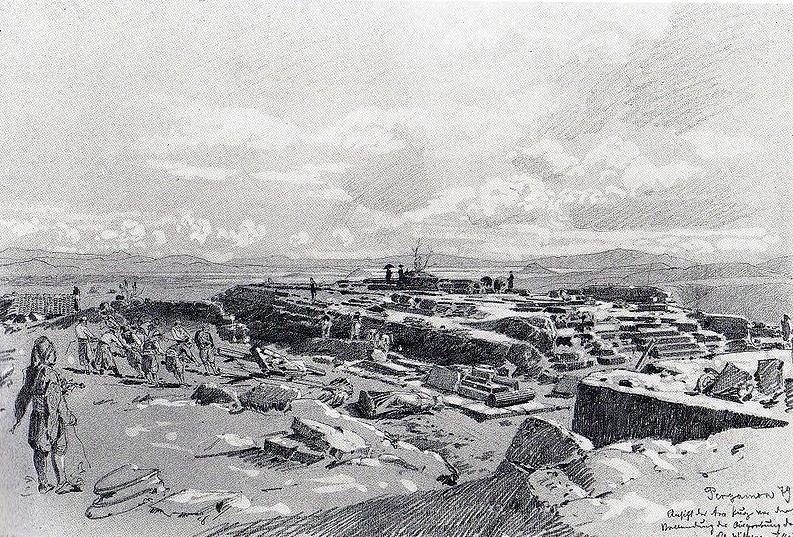
Well, why? Ottomans had signed the Berlin treaty with the Germans. Also, due to high external debts Sultan Abdulhamit II gave permission for the finds relating to the Altar in exchange for 20 000 Marks. The finds together with the Zeus Altar were sent to Berlin till 1886. In this period of decline of the Ottoman Empire no attention was paid for a couple of ruins. It was agreed that all frieze fragments found at the time would become the property of Berlin museums but was not written down. The German government is not able to show a written treaty for the Zeus Altar of Pergamon for the time being and Turkish government wants to repatriate this antiquity. The Germans say “NO WE WON’T GIVE BACK” although not as rigid as the Russians.
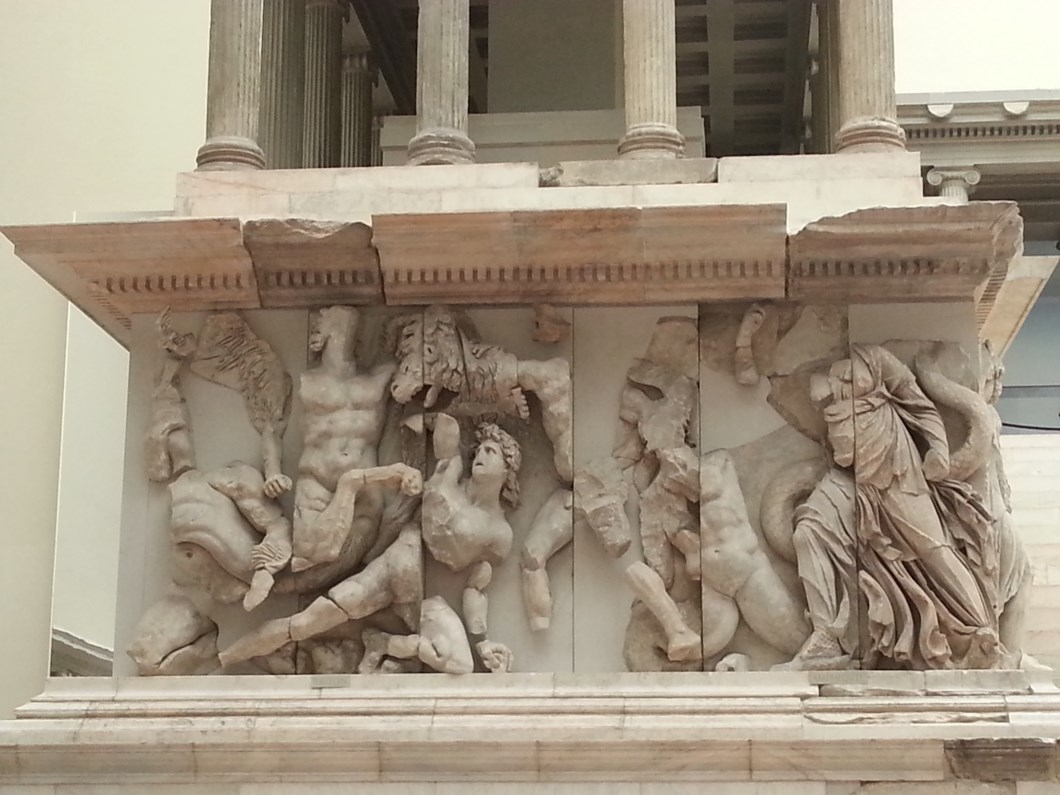
I went to Pergamon Museum together with our Cultural Attache Yasar Bey (Mr in Turkish). He explained all the frieze fragments on the Altar. Who is who, who is with whom, who was the child of whom and so on. He knows the history of Pergamon so well. Visiting the museum with him was like watching a documentary film. There was only popcorn and coke missing.

After visiting the altar we entered a room where my mouth went really o shaped. Dude, what is this? A huge gate was standing in front of me, but from where did it come? It was at a smaller size then the library in Ephesus.
– From where was it picked up Yasar Bey? From Turkey?
– Yeas, dear Gurkan from us. It is the Agora Gate of Miletus

Buddy, this rebuilt gate looks really very impressive. The Germans were able to “wall in” the Zeus Altar during the war but could not move the gate for safe keeping. This gate was damaged during World War II when the roof of the museum collapsed during bombing and the stone block on the upper right edge came off. The city model of Miletus can be seen at one corner of the room. When I was young my family took us, me and my brother, to the ruins of Miletus but I barely remember. I added visiting Miletus on the list to do when I return to Turkey.

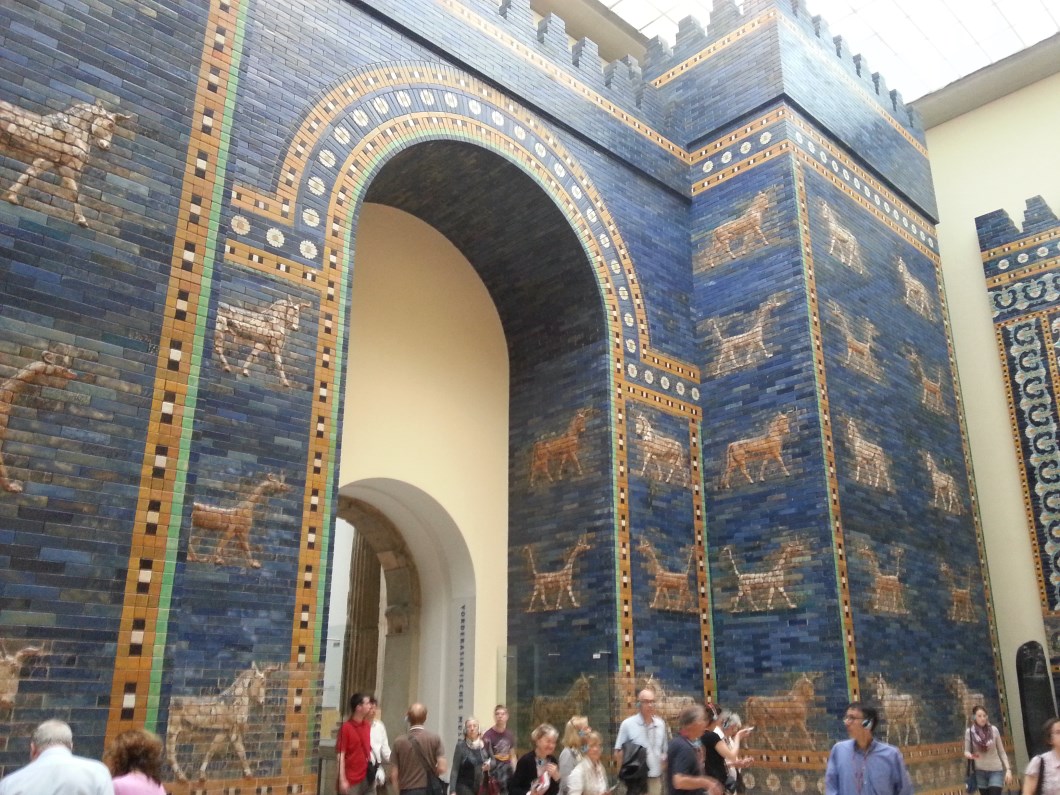
You enter the Agora Gate and encounter walls of Babylon. No way, buddy! Dude, the Germans also removed the wall and brought to Berlin. It is really unbelievable. Furthermore, they reconstructed the wall so that you presume yourself standing in front of the walls of Babylon.
I had the opportunity to visit the other antique cities near Bergama at the start of my World Tour. Aigai antique city is situated next to Bergama just 40 km ahead. You can encounter village houses and bridges built with the stone blocks from Aigai city. I think it may have helped to save the Zeus Altar of Pergamon taken to Germany at this time period. As a one who likes to visit historical places and museums, I want to see the artifacts be back on their original places in Bergama for sure. These art works in their original place would look paramount.
It is an artifact that the Republic of Turkey is incredibly campaigning to restitute the Zeus Altar of Pergamon. Every foreigner getting informed about the artifacts exhibited in Pergamon Museum comes to Turkey upon his researches. I believe that the one who visits both places would prefer to see the altar in its original place.
The museology perception is developing day after day in Turkey. We know that there are hundreds of artifacts not discovered and brought to light yet. I believe in that we have to support our museums with increasing number of visitors developing day after day.